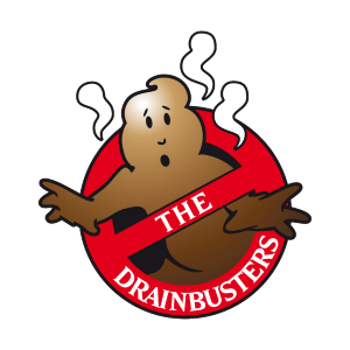Urban planners and developers, listen up!
In our upcoming blog post, we’ll be diving deep into the crucial role of drainage systems in shaping urban landscapes. From managing stormwater runoff to preventing flooding in densely populated areas, discover how strategic drainage planning can enhance urban resilience and sustainability. Stay tuned for insights that will redefine the way you approach drainage in urban environments!
It is often assumed that when people’s fundamental requirements are met, they develop a desire to preserve the ecosystem. However, natural resources may have already been harmed at that point; consequently, it is critical that emerging countries recognize the need of environmental conservation.
Environmental deterioration affects the whole planet, providing a health threat to many countries. As a result, it is critical to give it equal weight.
With escalating levels of dynamic disaster risk coming from social polarization, rapidly rising poverty levels, urban conflict and violence, extremism, natural disasters, and climate change. Today’s primary concerns are framed within the social context.
These issues have an impact on planning and practices, prompting a reconsideration reworking of present planning methodologies in order to address this terrible societal situation. To establish strategies of sustainable development, it is widely agreed that a triad model, in which ecological is intertwined with the economic and social, is essential.
Why drainage deserves a central role in urban design
While drainage systems have long been treated as secondary infrastructure—often hidden underground and overlooked—they are in fact one of the most critical foundations for modern urban life. Without effective drainage, cities face serious public health hazards, environmental degradation, and economic disruption.
Properly designed drainage systems help urban areas:
- Mitigate flooding during extreme weather
- Protect infrastructure like roads and buildings
- Maintain clean and safe public spaces
- Improve overall environmental health
- Enhance property values and livability
As cities grow in size and density, these goals become even more challenging to achieve. That’s why drainage systems must move from the background to the forefront of planning conversations.
The core functions of urban drainage systems
Urban drainage is more than just moving water from point A to point B. It’s about managing water intelligently to support urban systems holistically. Key functions include:
- Stormwater Management
Urban surfaces like asphalt and concrete prevent water from soaking into the ground. This causes rainwater to accumulate and flow rapidly across streets and buildings, potentially overwhelming sewers and causing flooding. Modern drainage systems collect and redirect this runoff efficiently, reducing surface water accumulation and associated risks. - Flood Prevention
During heavy rainfall, properly designed drainage helps cities avoid costly and dangerous flash floods. Through a network of gutters, culverts, detention basins, and underground tunnels, excess water is guided away from populated areas. - Water Quality Protection
Runoff often picks up contaminants like oil, pesticides, heavy metals, and plastic debris. Drainage systems with built-in filtration or retention features help improve water quality before it re-enters natural water bodies. - Urban Heat and Microclimate Control
Water-sensitive urban design (WSUD) incorporates drainage features like green roofs, permeable pavements, and urban wetlands. These help cool cities and create microclimates that support biodiversity.
Sustainable drainage systems (SuDS)
One of the most promising approaches in modern urban planning is Sustainable Drainage Systems (SuDS), also known as Low Impact Development (LID) in the U.S.
SuDS are designed to mimic natural hydrological processes, with a focus on:
- Detaining and slowing runoff
- Promoting infiltration and groundwater recharge
- Filtering pollutants
- Enhancing urban greenery and biodiversity
Examples of SuDS components include:
- Swales: Shallow, vegetated channels that slow and filter runoff.
- Rain gardens: Landscaped depressions that absorb rainwater from roofs and streets.
- Green roofs: Vegetated roof covers that reduce runoff and lower building temperatures.
- Permeable pavements: Surfaces that allow water to pass through, reducing pressure on drains.
- Retention ponds: Basins that store water temporarily during storms, preventing flooding.
SuDS not only solve technical drainage problems but also beautify urban spaces and improve residents’ well-being.
💡 Key takeaways for urban developers
- Start with water in mind 💧: Assess the site’s hydrology before you lay the first brick.
- Work with nature, not against it 🌿: Use green infrastructure to support natural cycles.
- Think long-term 🕒: A cheap fix today could mean big costs tomorrow.
- Engage the community 🗣️: Local voices bring essential knowledge.
- Plan for extremes 🌪️: Climate change is real—design like it.
